 Originally posted by GUB
Originally posted by GUB 
Yeah here.
OK, thanks, I had a look.
The apparent disagreement stems from using "dynamic range" in a somewhat imprecise and hence ambiguous way.
The graphs show the "camera's dynamic range", i.e., the potentially available dynamic range.
Ian Stuart Forsyth was talking about the "image's dynamic range", i.e. the dynamic range capture by the image.
He of course correctly observes that any given image whose dynamic range fits within the range available during capture, would not have profited if any additional headroom had been available.
Say the image needs the number range 1024-4096 to be captured at base ISO (i.e. there are no darker nor lighter tones available in the scene, given the capture parameters of shutter speed and aperture). Then you can capture that image at ISO 100, ISO 200, etc. up to ISO 400, without clipping highlights, i.e., without losing dynamic range. Ian Stuart Forsyth's point is that even by increasing the ISO setting to ISO 400, you are not getting an image with less dynamic range, compared to an image of the same scene with the ISO setting at ISO 100.
At the same time, however, the potential of the camera to capture more dynamic range is considerably smaller at ISO 400 than it was at ISO 100. So in my view, the graphs are not misleading, they simply show the loss of exposure range / loss of headroom for capturing highlights.
So both views are correct, they just reference two different ideas: dynamic range potential (camera dynamic range) and dynamic range captured (image dynamic range).
Hope that makes sense.
BTW, it is definitely not true that the
"...the lower iso shot has a higher dynamic range which you can harvest via the curve tool creating more tonal control in the image" as long as the higher ISO setting image does not contain any clipped highlights. In this latter case, both captures contain the same dynamic range to play with in post-processing.
However, using lower ISO settings than indicated by the metering system is still useful in order to insure oneself against blown highlights. The "same dynamic range" argument only applies if the higher ISO image still fit into the (reduced) potential dynamic range, a likelihood which gets significantly diminished, the higher up the ISO range you go.


 Similar Threads
Similar Threads 






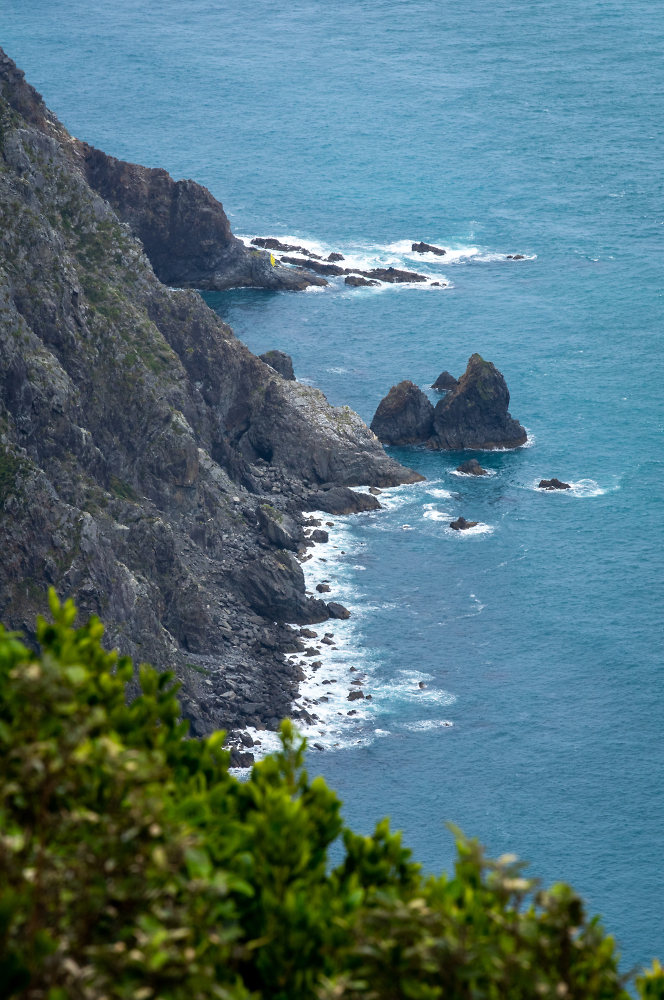


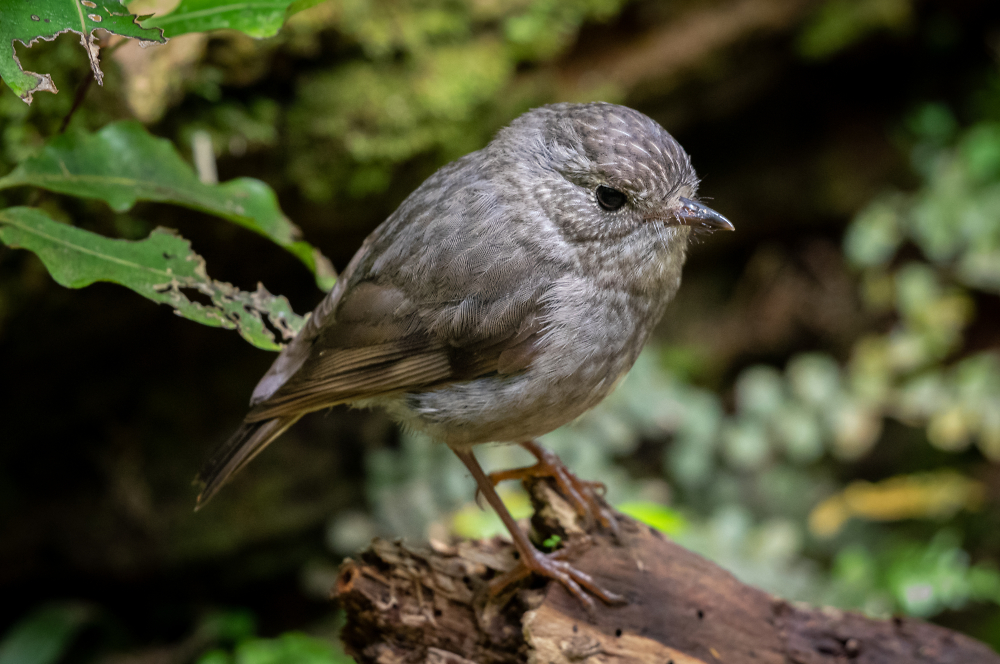
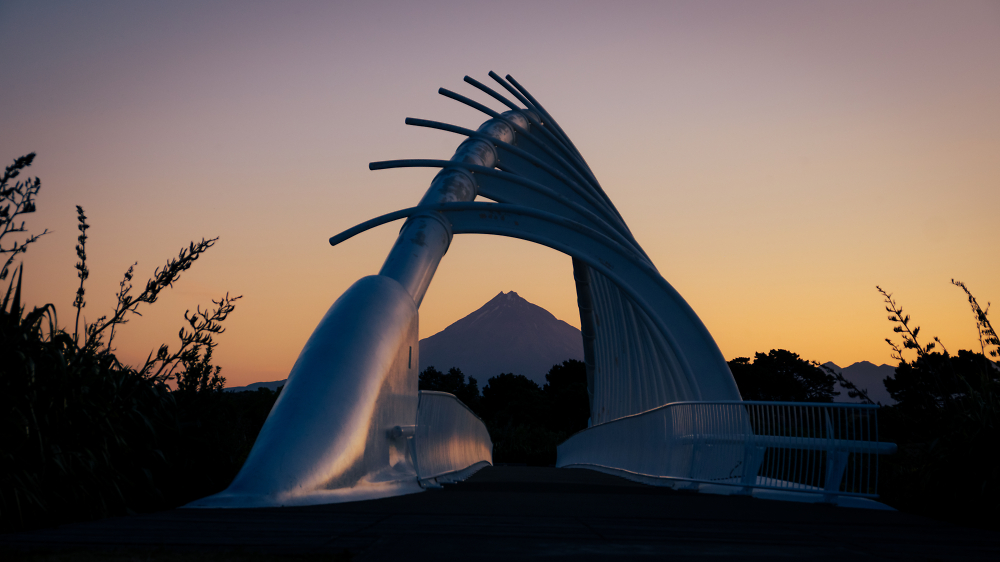
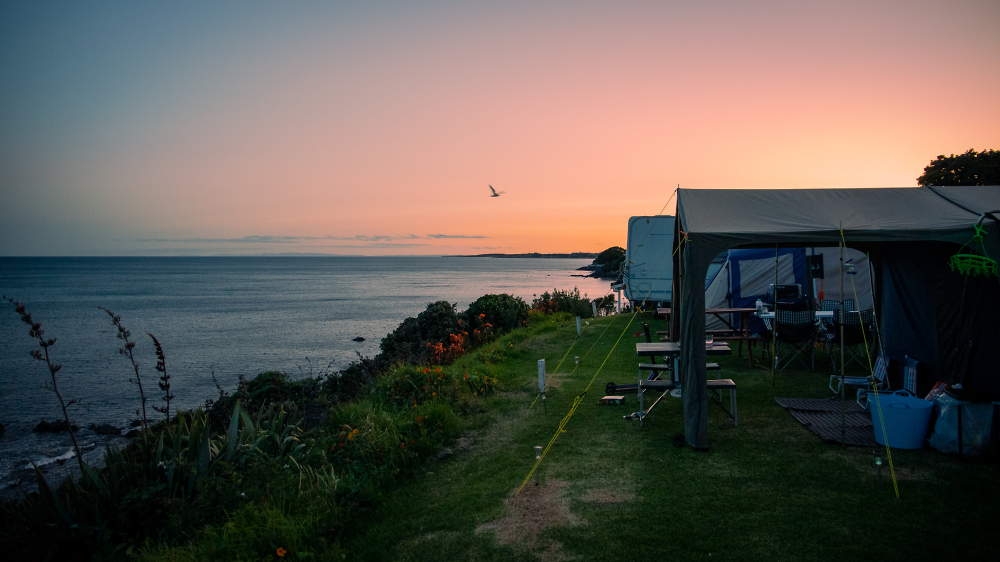
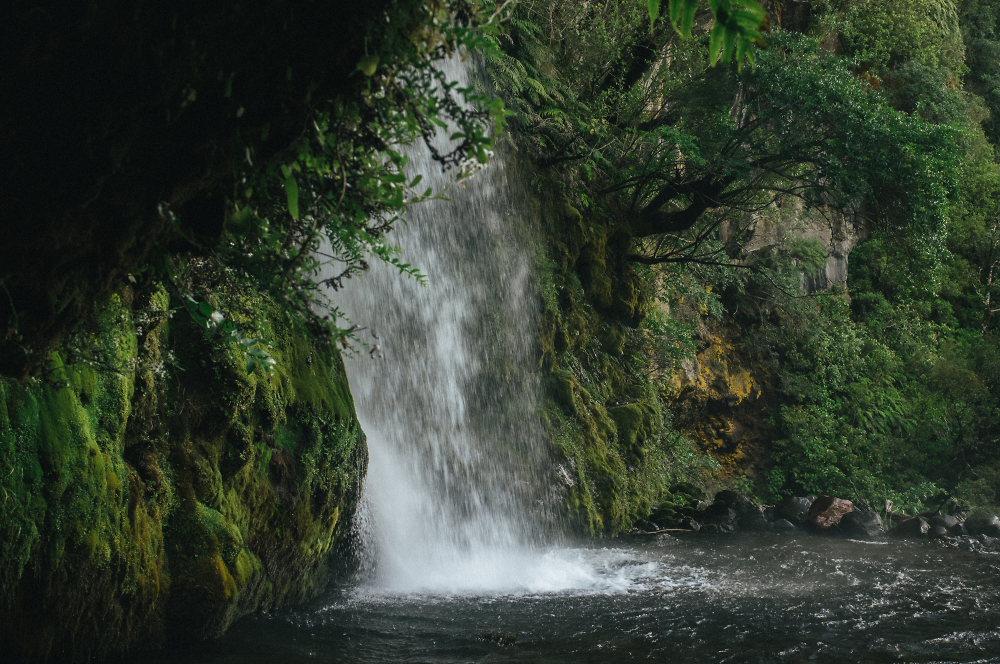




 Post #18119 by Transit
Post #18119 by Transit








